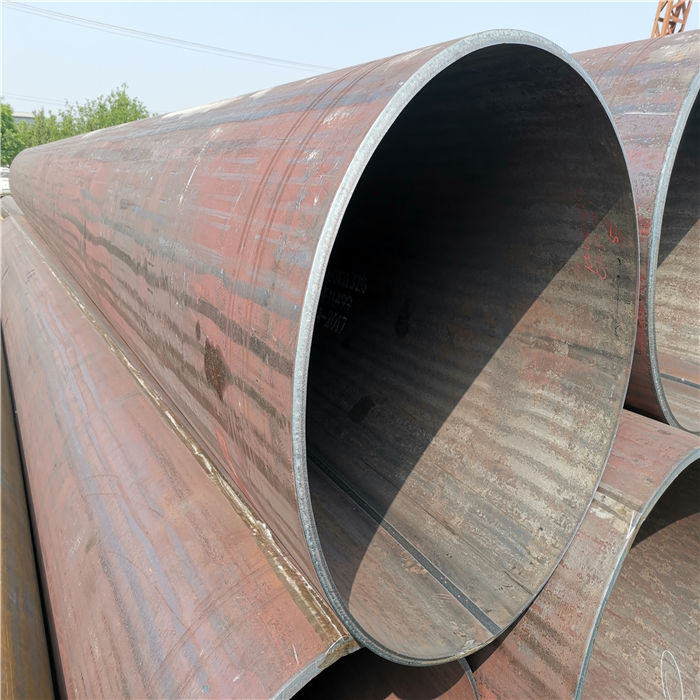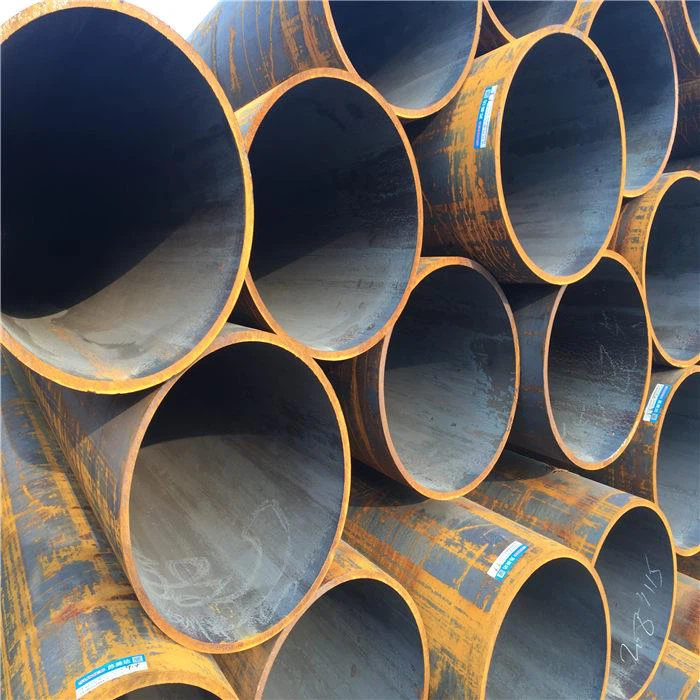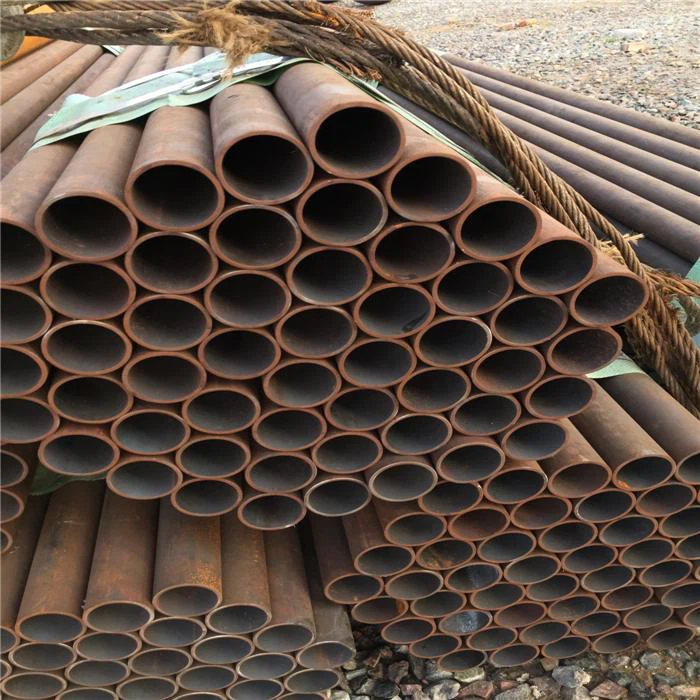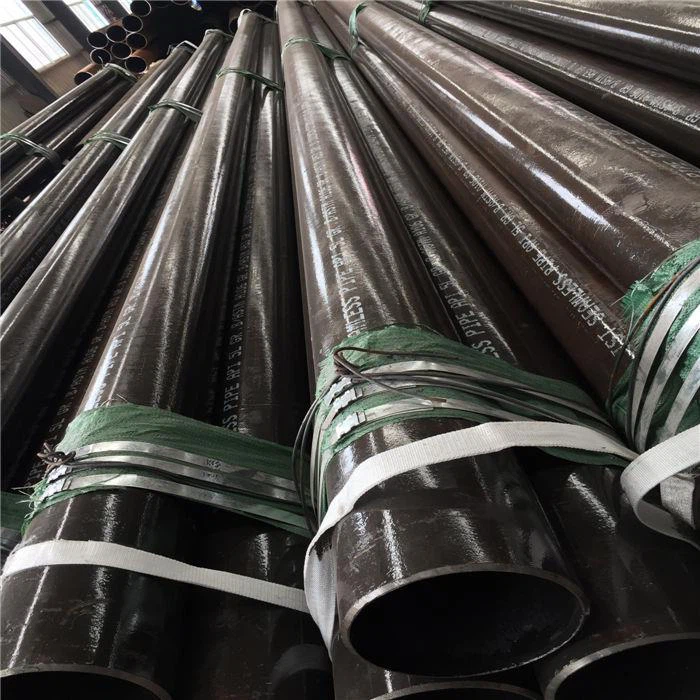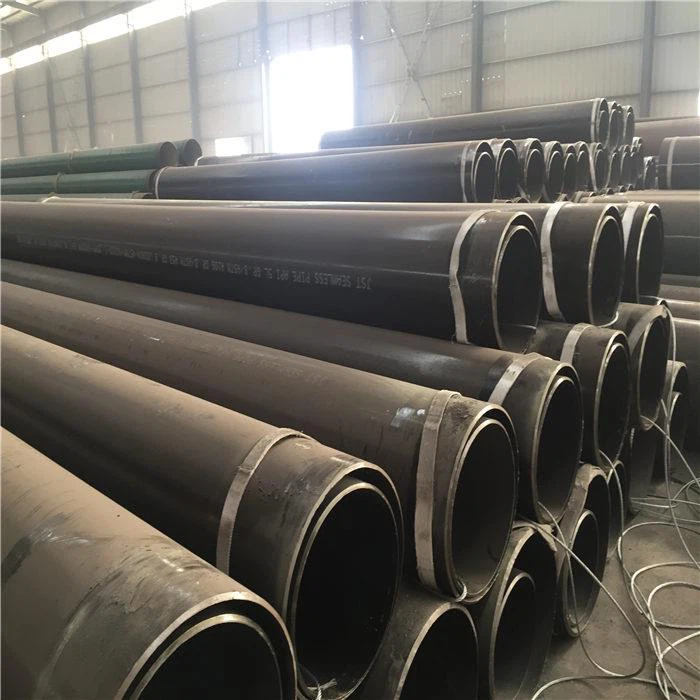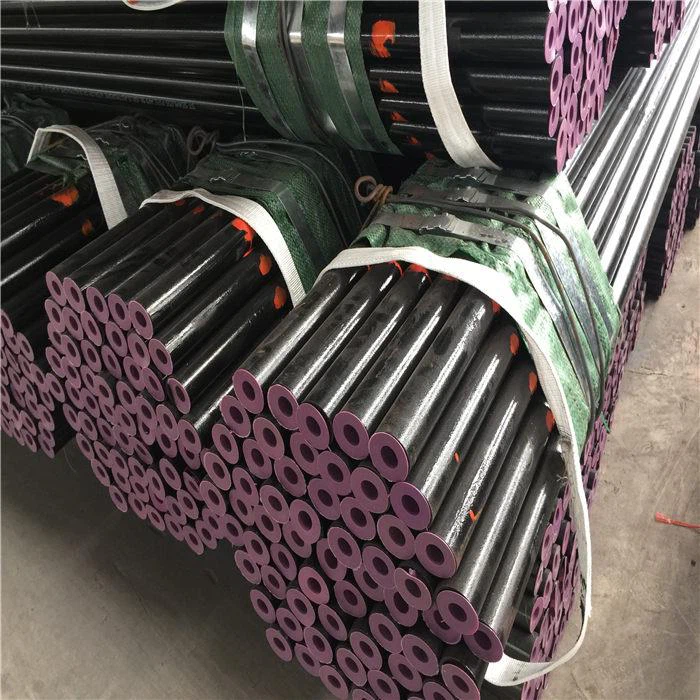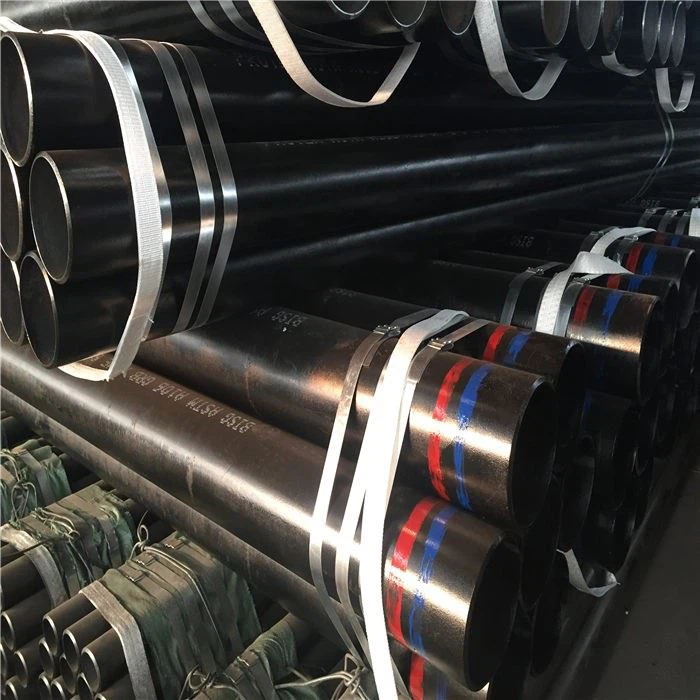World economic growth continues to slow down, steel and other commodity prices increased volatility
On October 10th the International Monetary Fund (IMF) released its latest forecasts for the world economy. According to the report, the global economy is stumbling forward, lacking momentum and showing a certain degree of resilience, but the economic trends of countries are increasingly diverging.
According to its latest forecast, global economic growth will slow from 3.5 percent in 2022 to 3 percent this year and 2.9 percent in 2024, which is 0.1 percentage point lower than its July forecast and well below the historical average. Among them, the IMF's GDP growth forecasts for China in 2023 and 2024 are 5.0% and 4.2%, respectively, for the US in 2023 and 2024 are 2.1% and 1.5%, respectively, and for Japan in 2023 and 2024 are 2.0% and 1.0%, respectively.
The pace of overall inflation continues to slow, with year-on-year inflation expected to fall from 9.2 per cent in 2022 to 5.9 per cent this year and 4.8 per cent in 2024.
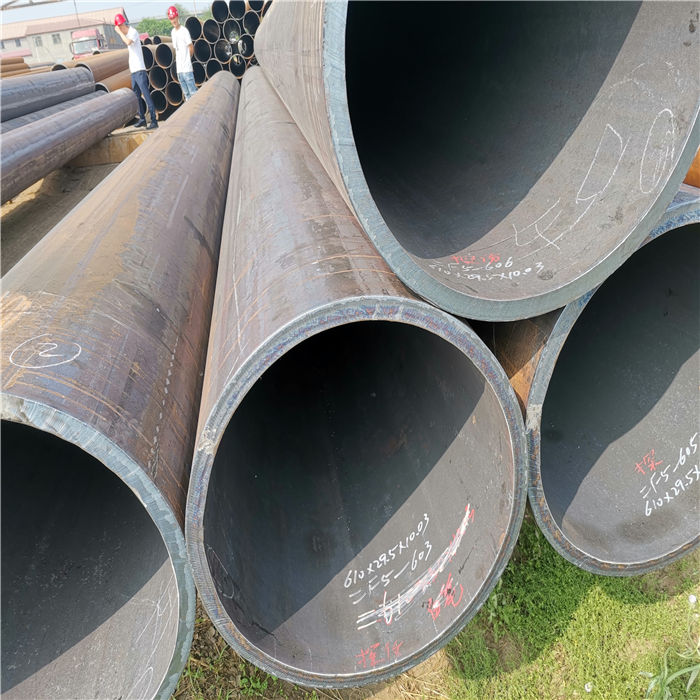
The global economy is showing important divergences, with economic performance in some regions well below pre-pandemic forecasts. The slowdown has been more pronounced in advanced economies than in emerging market and developing economies. Among advanced economies, growth prospects in the United States have improved, with consumption and investment showing resilience. Forecasts for eurozone activity, by contrast, have been downgraded. Many emerging market economies have also proved more resilient than expected, with China facing headwinds from a property crisis and waning confidence.
The report also argues that commodity prices such as steel could become more volatile amid climate and geopolitical shocks. Geo-economic fragmentation will lead to sharp regional differences in the prices of key minerals and other commodities.
Industry insiders believe that the uncertainty of world economic growth on iron ore, steel industry demand will have a certain impact, it is expected that 2023 global iron ore demand and 2022 basically flat, steel demand slightly lower than 2022, global steel product prices will continue to operate at a low level.
